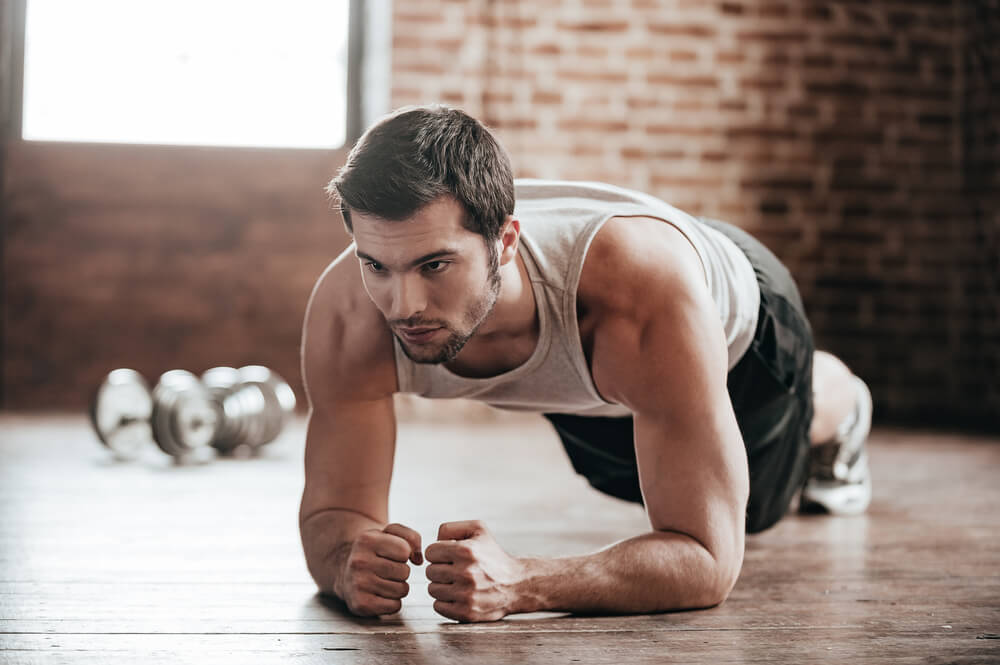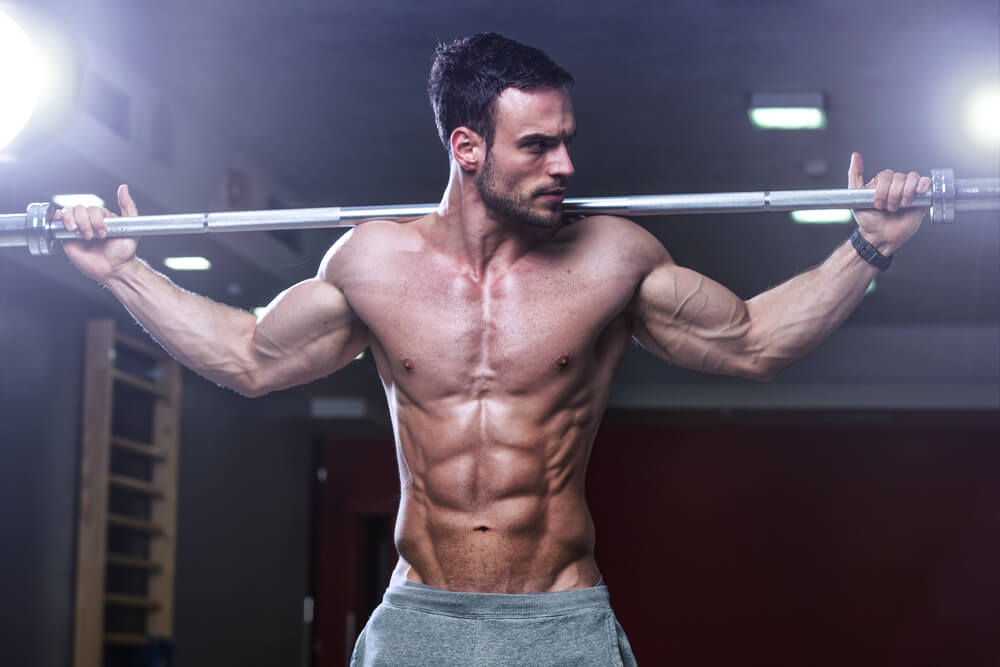When it comes to sculpting well-defined biceps, spider curls stand out as an excellent exercise that targets the brachialis and brachioradialis muscles. Named for the spider-like position of the arms during the movement, spider curls have become a staple in many athletes and fitness enthusiasts’ workout routines. In this blog, we’ll delve into the benefits of spider curls, their proper execution, and how they can help you achieve stronger and more aesthetically appealing biceps.
Spider Curls and Their Targeted Muscles
Spider curls are a specialized biceps exercise that primarily targets the brachialis muscle and, to a lesser extent, the brachioradialis. These muscles are located in the upper arm region and play a crucial role in elbow flexion and forearm stability. Understanding the anatomy and function of these muscles will shed light on why spider curls are so effective in building well-rounded biceps.
Targeting the Brachialis:
The brachialis muscle lies beneath the biceps and plays a vital role in elbow flexion. Spider curls are uniquely effective in isolating and engaging the brachialis, promoting balanced development in the upper arm. By strengthening the brachialis, you not only enhance the overall appearance of your biceps but also improve your elbow joint stability.
The Brachialis Muscle
The brachialis is a deep muscle located underneath the biceps brachii. It originates from the lower half of the humerus bone and attaches to the ulna bone in the forearm. This muscle is responsible for flexing the elbow joint, allowing you to bend your forearm towards your upper arm.
While the brachialis is not as visually prominent as the biceps, it plays a significant role in elbow strength and stability. When the brachialis is well-developed, it can push the biceps up, contributing to a more aesthetically appealing and full biceps appearance.
The Brachioradialis Muscle
The brachioradialis is another muscle in the upper arm that also assists in elbow flexion. It runs along the forearm bone (radius) and is positioned along the thumb side of the arm. Although it does not directly contribute to biceps size, the brachioradialis is involved in various pulling and lifting movements, providing additional strength and support to the forearm.
Spider Curls and Targeted Muscle Activation
Spider curls are specifically designed to maximize the isolation of the brachialis muscle. The exercise is performed on a preacher curl bench, which allows the arms to hang freely in front of the body. This positioning puts the brachialis in a mechanically advantageous position, making it the primary muscle engaged during the curl.
During a traditional standing biceps curl, the biceps brachii takes the lead in lifting the weight, with the brachialis playing a supportive role. However, in spider curls, the biceps brachii is effectively taken out of the equation, placing the brachialis at center stage.
Benefits of Targeting the Brachialis:
Targeting the brachialis through spider curls offers several advantages for athletes and fitness enthusiasts:
Balanced Biceps Development:
Emphasizing the brachialis ensures more balanced development of the upper arm, contributing to a well-rounded and aesthetically appealing biceps shape.
Improved Arm Strength:
A strong brachialis can enhance arm strength, allowing for more stable and powerful movements in exercises involving the elbow joint.
Injury Prevention:
Strengthening the brachialis can help prevent common elbow injuries, such as tennis elbow, by providing better support and stability to the joint.
Spider Curls Form and Execution
To perform spider curls, follow these steps:
Step 1: Begin by setting an adjustable preacher curl bench to a height that allows your arms to hang freely when seated.
Step 2: Sit on the bench facing down with your chest pressed against the padding and your armpits resting on the top edge of the bench.
Step 3: Hold a dumbbell in each hand with an underhand grip, allowing your arms to hang straight down toward the floor.
Step 4: Keeping your upper arms stationary, slowly curl the dumbbells upwards until they reach shoulder level. Squeeze your biceps at the top of the movement.
Step 5: Lower the dumbbells back down in a controlled manner to the starting position.
Step 6: Repeat the exercise for the desired number of repetitions.
Avoiding Common Spider Curl Mistakes
To get the most out of spider curls and prevent injuries, it’s essential to avoid these common mistakes:
Mistake #1: Using Momentum: Avoid swinging or using momentum to lift the weights. This can reduce the effectiveness of the exercise and increase the risk of injury.
Mistake #2: Raising Your Shoulders: Keep your shoulders relaxed and down throughout the movement. This ensures that the focus remains on the biceps.
Mistake #3: Overarching Your Back: Maintain a neutral spine position and avoid arching your back excessively.
Spider Curls Benefits for Athletes
Spider curls offer several advantages for athletes and fitness enthusiasts alike:
A. Improved Arm Strength: By targeting the brachialis and brachioradialis, spider curls enhance arm strength, allowing you to perform other compound exercises with greater stability.
B. Injury Prevention: Strengthening the brachialis can help prevent common elbow injuries often experienced in sports and weightlifting.
C. Aesthetic Appeal: Spider curls contribute to well-rounded bicep development, creating an aesthetically pleasing appearance that complements your overall physique.
5. Inclusion in Your Workout Routine:
Incorporate spider curls into your arm-focused or upper-body workout routine. Aim for 3 to 4 sets of 10 to 15 repetitions, focusing on proper form and controlled movements. For optimal results, combine spider curls with other bicep exercises, such as hammer curls and regular preacher curls.
Spider Curl Workout Routine
Exercise 1: Warm-Up
- Perform 5-10 minutes of light cardio (e.g., jogging, cycling, or jumping jacks) to raise your heart rate and warm up your muscles.
Exercise 2: Preacher Curl Warm-Up Sets
- 2 sets of 12-15 repetitions with a lightweight
- Sit on a preacher curl bench, place your arms on the pad, and perform slow and controlled curls to warm up the biceps and forearms.
Exercise 3: Spider Curls
- 4 sets of 8-10 repetitions
- Sit on the preacher curl bench facing down, with your chest pressed against the padding and your armpits resting on the top edge of the bench.
- Hold a dumbbell in each hand with an underhand grip, allowing your arms to hang straight down toward the floor.
- Curl the dumbbells upwards until they reach shoulder level, keeping your upper arms stationary.
- Squeeze your biceps at the top of the movement, then lower the dumbbells back down in a controlled manner.
- Rest for 60-90 seconds between sets.
Exercise 4: Hammer Curls
- 3 sets of 10-12 repetitions
- Stand upright with a dumbbell in each hand, palms facing your body (hammer grip).
- Curl the dumbbells upward, keeping your elbows close to your body and avoiding swinging or using momentum.
- Squeeze your biceps at the top of the movement, then lower the dumbbells back down in a controlled manner.
- Rest for 60 seconds between sets.
Exercise 5: Barbell Reverse Curls
- 3 sets of 12-15 repetitions
- Stand upright with a barbell in front of you, palms facing down (pronated grip).
- Curl the barbell upward, keeping your elbows close to your body and focusing on the brachioradialis muscle activation.
- Lower the barbell back down in a controlled manner.
- Rest for 60 seconds between sets.
Exercise 6: Concentration Curls
- 3 sets of 10-12 repetitions per arm
- Sit on a bench with your feet shoulder-width apart and a dumbbell in one hand.
- Place the back of your upper arm against your inner thigh, allowing the arm to fully extend.
- Curl the dumbbell upwards, focusing on contracting the biceps throughout the movement.
- Lower the dumbbell back down in a controlled manner.
- Switch arms and repeat the exercise for the other side.
- Rest for 60 seconds between sets.
Cool-Down and Stretching:
- Perform a 5-10 minute cool-down with light stretching exercises to help relax and lengthen the muscles.
Conclusion
Spider curls offer an effective and targeted approach to building strong and visually appealing biceps. By engaging the brachialis and brachioradialis muscles, these curls provide a comprehensive workout for the upper arm region. Remember to perform the exercise with proper form and gradually increase the weight as your strength improves. Whether you’re an athlete or a fitness enthusiast, spider curls are an excellent addition to your workout routine for achieving well-defined and impressive biceps.
-Terry Asher
Terry Asher
Latest posts by Terry Asher (see all)
- The Power of Recovery: Techniques for Muscle Repair and Growth - Oct 17, 2024
- Leg Day: Back Squat vs. Hack Squat - Oct 14, 2024
- Supplements 101: What to Consider When Choosing Protein Powders - Oct 11, 2024













[…] Source link […]
[…] credit :Source link […]
[…] Fuente del artículo […]
[…] Source link […]
[…] Source link […]
[…] Source link […]
Nice guide, the detailed insights and explanations make it easy to understand why spider curls are a must-try exercise. thx!
With the extensive insights and explanations provided in this tutorial, it is simple to comprehend why spider curls are a workout that should be tried at least once. thank you!
Great post. I wanted to let you know that I recently visited your blog and really enjoy reading your posts. Any way I will be subscribing to your feed and looking forward to your next post.
good!
Spider curls are a fantastic exercise for isolating the biceps and achieving that sought-after muscle definition. By targeting specific muscles like the brachialis, you can enhance both strength and aesthetics. It’s a simple yet effective move for anyone serious about their fitness journey.
Spider curls are a fantastic exercise for isolating the biceps and achieving that sought-after muscle definition. By targeting specific muscles like the brachialis, you can enhance both strength and aesthetics. It’s a simple yet effective move for anyone serious about their fitness journey.